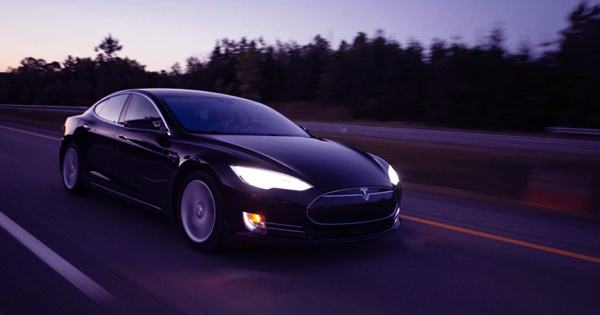Thousands of Tesla owners could be testing the automaker’s latest version of its “Full Self-Driving” beta software, version 10.0.1, on public roads by the end of this week, despite regulators and federal officials investigating the system’s safety after a few high-profile mishaps.
According to a new study from the Massachusetts Institute of Technology, the FSD system, which, despite its name, is an advanced driver assist system (ADAS) rather than an autonomous system, may not be as safe as it appears.
Drivers may become inattentive when utilizing partially automated driving systems, according to researchers who looked at data from 290 human-initiated Autopilot disengagement epochs. The report claims that “visual behavioural patterns shift before and after [Autopilot] disengagement.” “In comparison to after the change to manual driving, drivers glanced less on the road and focused more on non-driving related things before disengagement. Longer glances ahead did not compensate for the greater proportion of off-road glances preceding disengagement to manual driving.”

Tesla CEO Elon Musk has stated that the beta version of the FSD software, which promises more automated driving functions, will not be available to everyone who has paid for it. To begin, Tesla will collect personal driving metrics using telemetry data over a seven-day period to confirm that drivers are still paying attention. The information might also be used to create a new safety rating website that tracks the owner’s vehicle and insurance. According to the MIT study, drivers may not be utilizing Tesla’s Autopilot (AP) as recommended.
Drivers become less attentive and take their hands off the wheel more since AP contains safety functions like traffic-aware cruise control and autosteering. This type of behavior, according to the researchers, could be the result of a misunderstanding of what the AP features can achieve and their limitations, which is reinforced when it performs well. Drivers who have their tasks automated may grow bored as a result of attempting to maintain visual and physical awareness, which, according to researchers, only leads to inattentiveness.
The investigation, titled “A model for naturalistic gaze behavior around Tesla Autopilot disengagements,” followed Tesla Model S and X users throughout the greater Boston area for a year or longer in their everyday routine. The vehicles had the Real-time Intelligent Driving Environment Recording data gathering system1, which collected data from the CAN bus, a GPS, and three 720p video cameras in real-time. Vehicle kinematics, driver interaction with car controllers, mileage, position, and the driver’s posture, face, and view in front of the vehicle are all provided by these sensors. MIT gathered data covering approximately 500,000 miles.
















